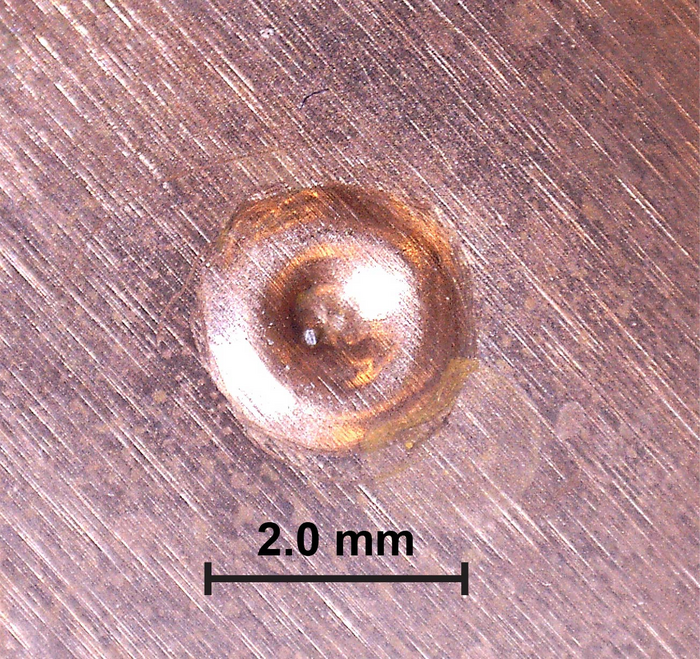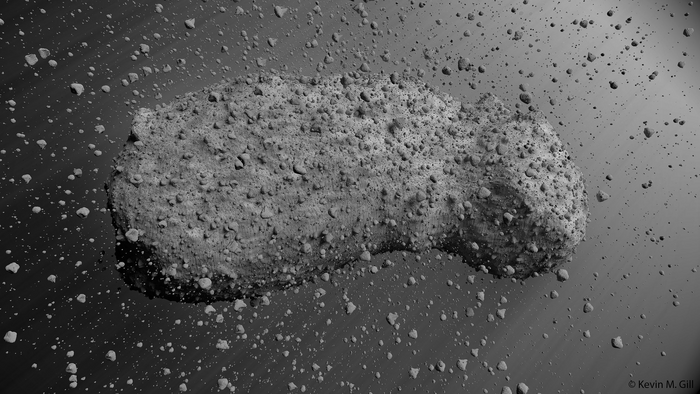In 2005, the Japanese Space Agency sent a probe to an ancient 500-meter-long asteroid known as Itokawa. The findings from specks of dust collected from its surface could possibly save the planet if one ever hurtled toward Earth. Let’s take a closer look at this international research project and how it could potentially save us all!
Led by Curtin University, the research team studied three tiny dust particles collected from Itokawa’s surface and returned to Earth by Hayabusa 1. Their results showed that Itokawa was highly durable and resistant to collision, meaning that any asteroids hurtling towards Earth would be difficult to destroy or deflect. This means that understanding how asteroids are formed is key to being able to protect our planet from them.

These findings have far-reaching implications for protecting our planet from asteroids. If we can better understand how asteroids form, then we can figure out better ways to divert or mitigate their devastating effects should they happen to come too close for comfort. Furthermore, these findings may provide insight into how other cosmic bodies like comets are formed and behave in space. This could be used to inform future space exploration missions and get us one step closer to discovering more about our universe.
These findings have huge implications for protecting our planet from asteroids, as well as informing future space exploration missions. Understanding the makeup of asteroids and other cosmic bodies will help us predict their behavior in space with more accuracy, which can help us prepare better strategies for diverting any dangerous objects that come too close for comfort. Ultimately, these asteroid findings could prove invaluable in saving the planet!











